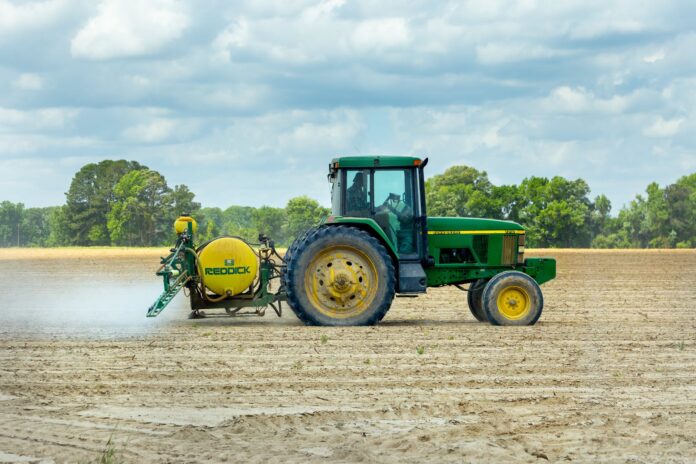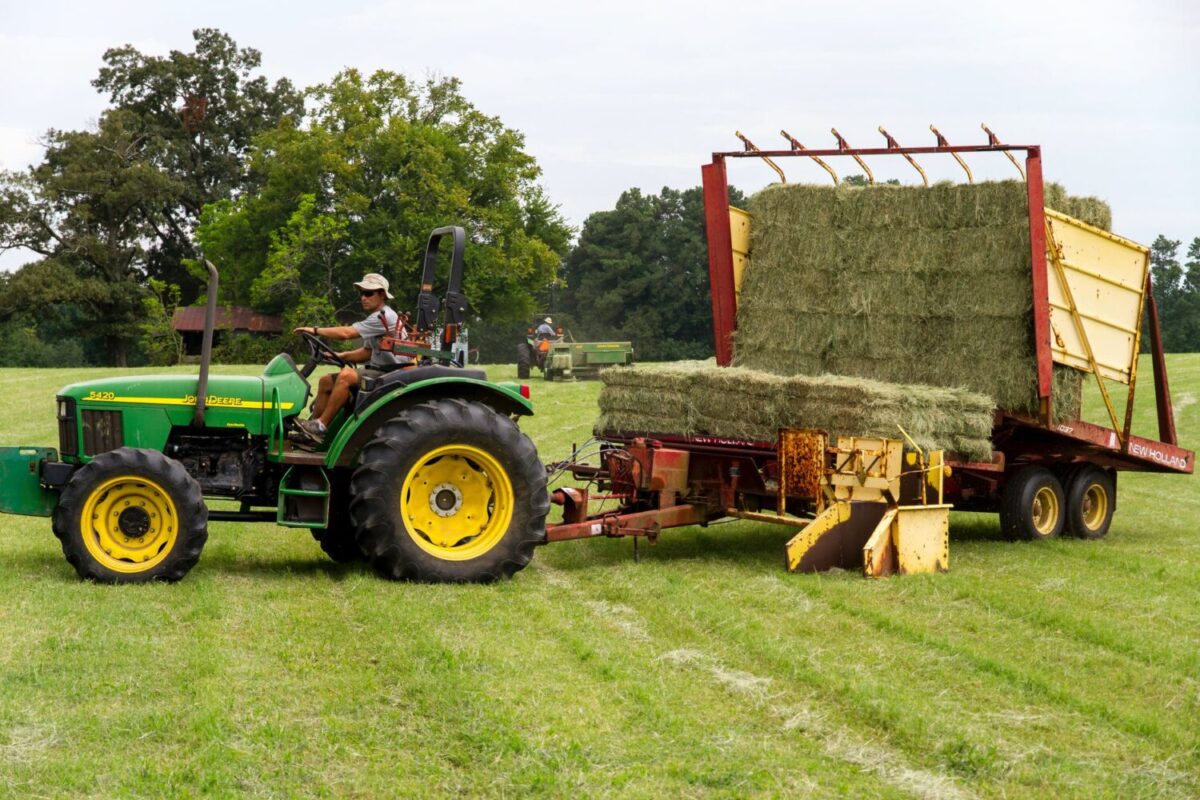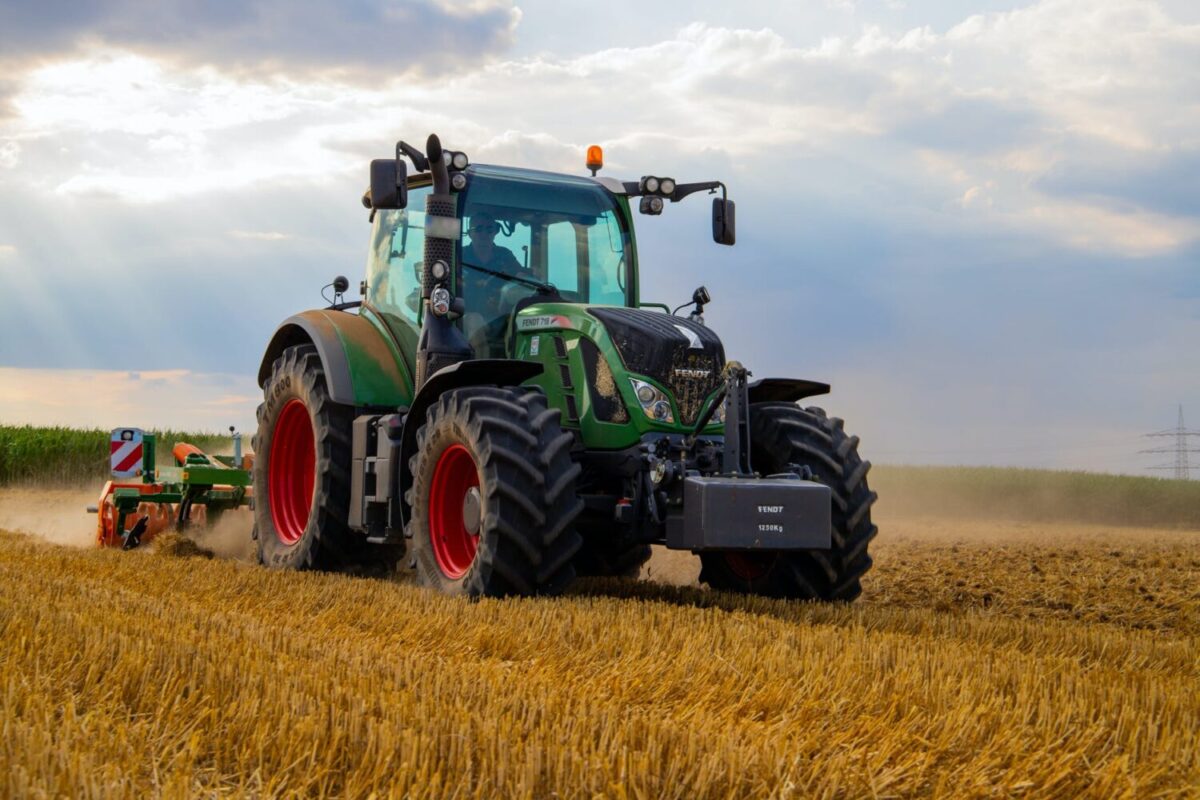
In modern gardening and viticulture, there are quite a lot of criteria for equipment that should be used afield. The requirements for smart gardening make the usage of universal tractors irrelevant because the space in the gardens and vineyards is very limited. Therefore, it makes sense to use compact narrow gauge vehicles. How to choose the best option for your garden? Let’s discuss this in detail.
New Tractor VS Used Vehicle
If you have a limited budget, you will be more likely to purchase a used vehicle of a popular brand, which is in good condition. This is especially profitable for beginners, who do not have a big budget for the equipment. In such a case, we recommend you carefully read the feedback on forums and use diagnostic manuals, which you can download at sites such as epcatalogs.com.
If your budget allows purchasing a new tractor, you should carefully read the below criteria before making a final decision.
Non-Standard Criteria
The main feature of the tractors for gardening and viticulture is the non-standard sizes: short base, minimum width and height, small wheels, and a compact cabin. This is explained by the row spacing, which is about 3 m in the gardens. The dimensions of universal row-crop tractors on average are the following:
- length — about 4 m,
- height — about 2.3 m,
- wheelbase — 2.5 m.
As you see, these parameters simply don’t suit the conditions of working in modern gardens and especially in vineyards. In intensive gardens with 3-3.5 m rows, machines with small dimensions are especially needed. Therefore, special tractors come to the rescue of gardeners. The small size of garden tractors allows you to avoid knocking down crops from branches and spoiling the fruits.
In horticulture, the height of the tractor is also important, so that it can easily pass under overhanging branches. Restrictions on the height of the vehicle can reach 2.3-2.4 m. Such dimensions become especially important during the harvest season.
Manufacturing companies, for example, AGCO, New Holland, and others produce their tractors under various markings — F, V, P, N, etc. F-series tractors (for gardens), as a rule, are wider, heavier, and have more ground clearance compared to Series V (for vineyards).
Define Your Purpose
It is logical that when choosing a car, first of all, it is worth starting from the row spacing, crown height, and other requirements for dimensions. The tractor must pass freely between the rows of trees or vines and at the same time not make pressure on the soil, since the vine is very sensitive to soil conditions.
When choosing garden equipment, not only length, width, and height are important, but also the weight of the machine. During the season, the tractor makes about 35-40 passes in the garden: it mows the grass several times a year, treats the plants with herbicides, and the trees with chemical substances against diseases, insects and fungi, etc. Therefore, before deciding on the model, it is worth primarily define your purpose.
Limited Turning Radius
When choosing a tractor for a garden or vineyard, it is worth paying attention to the turning radius. Besides, a reduced turning radius gives fuel economy. As a rule, the solution to this issue is implemented in specialized tractors using an increased angle of rotation of the wheels.
Some horticultural tractors have special options to further reduce the turning radius. For example, in Deutz-Fahr and Goldoni, the brake circuit can be switched off to reduce the turning radius. In New Holland T4, N, and F series, the SuperSteer option allows you to reduce the turning radius by 15% — from 3.4 to 2.9 m.
Also, in the most extreme conditions relevant for vineyards, tractors are equipped with a reverse control may be needed: the driver’s chair folds with the steering wheel and turns 180 degrees back. In other words, a tractor can drive backward, without losing speed and driving comfort.
Small But Strong
For the successful operation of tractors, small dimensions must be combined with energy efficiency and power. Sometimes farmers try to adapt small-sized universal tractors for working in gardens, but their energy facilities, as a rule, do not have sufficient power, while the gardening involves the use of a huge amount of mounted and trailed equipment.
The task of the gardeners and winegrowers is to load the tractor with the maximum possible and affordable number of units it can handle. All this can be done using various attachments. So, the tractor must have great power. Therefore, when choosing a tractor, it is necessary to take into account the power of the machine and compare it with existing or proposed implements for cultivating the soil and gardening.
Remember About Hydraulics
For the stable operation of the huge number of attachments that are used in modern gardens and vineyards, pumps with a capacity of at least 65 l/m with an additional oil cooling system are needed. Vineyards are most often located in the southern regions, so it is important not only to ensure efficient hydro-flow but also to comply with the requirements for cooling because this will help to avoid overheating.
You should not save on the power of the oil pump and the number of hydraulic outlets if you plan to fully use the set of tools that are available on the farm to care for fruit trees and bushes. Otherwise, the performance of the units and the effectiveness of their use will be reduced.
Conclusion
There are still many things to consider, which we have not explained in this article:
- the cabin tightness;
- transmission;
- PTO;
- engine type, etc.
The main thing you should remember is that you need to define the functionality of the vehicle when making a final decision. Having an expensive vehicle with many functions is irrelevant if you don’t use them. So, wisely evaluate your needs and compare the available options in the market. Make your garden fully cultivated with the best quality-to-cost tractor.




















